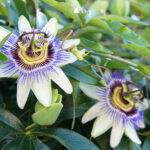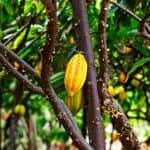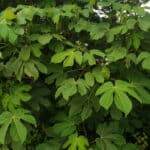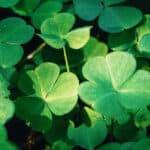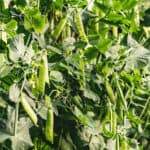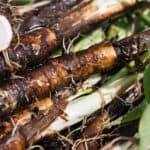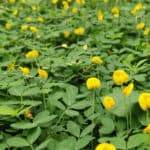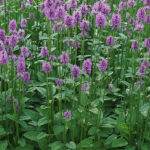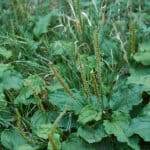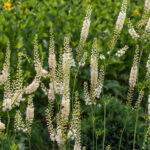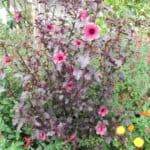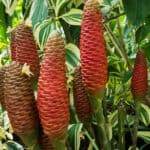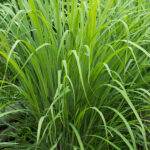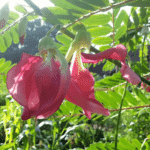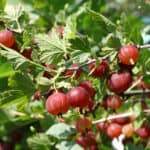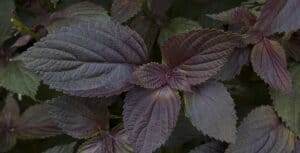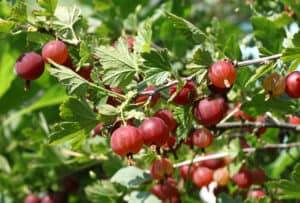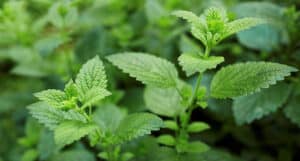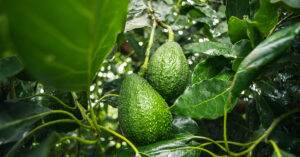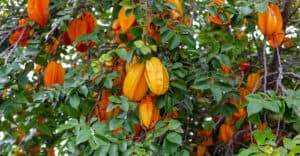Introduction, History, and Origin
I see an Oregano plant between two lavenders, and as I get closer, I accidentally stand on some of the sprawling growth surrounding her. As I brush my fingers through her leaves to get to know her character a little better, the sweet scent hits me… bringing back memories from earlier in the summer.
“Has it been a hot summer?” I ask.
Oregano replies, “Yes, but I wouldn’t have it any other way”.
“Do you have any flowers?” I ask inquisitively.
“Ask Maria, she picked them all months ago, I had hundreds this year.. The butterflies and bees were so happy, we had a garden party!” Oregano says excitedly.
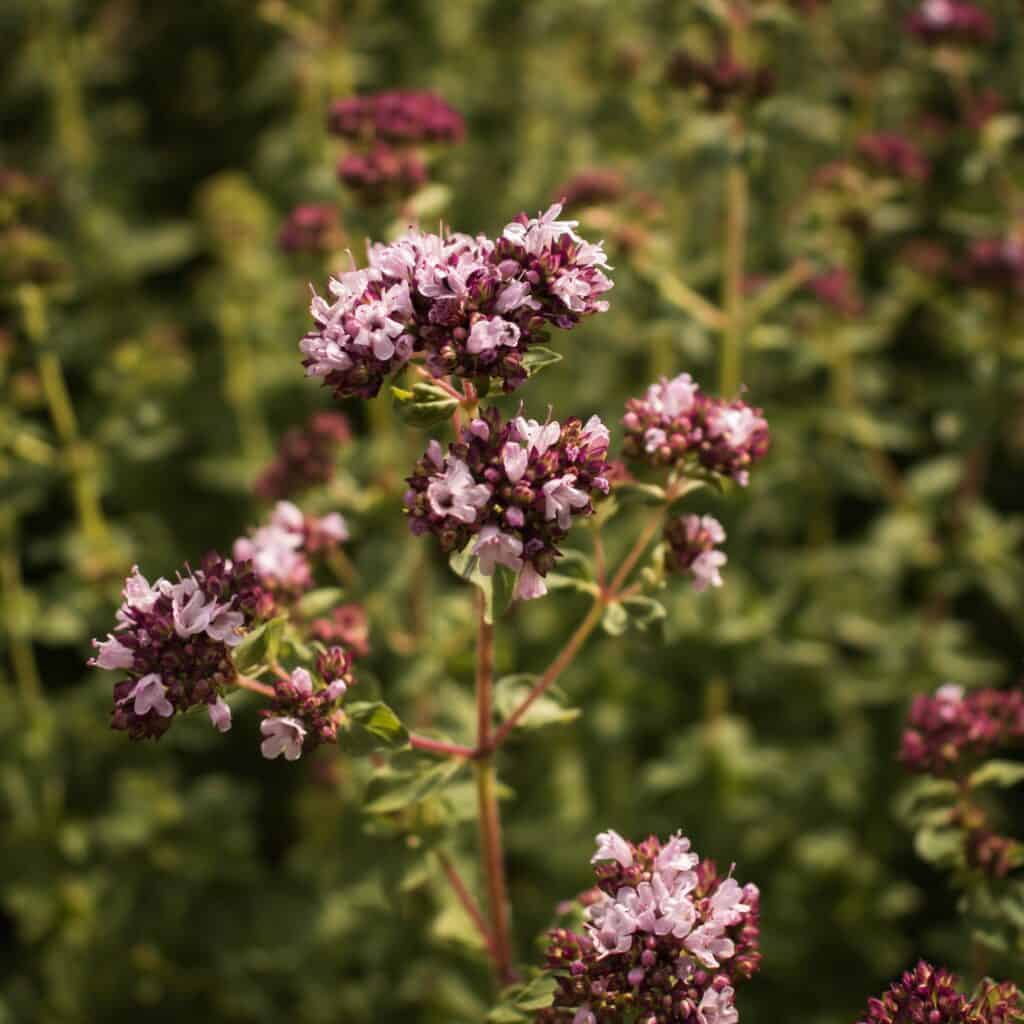
My conversations are normally quite short and sweet with Oregano, but I feel we have a nice friendship.
I have many dreams about Oregano, I imagine growing some in the shape of a bed, to lay outside on hot summer nights. This would also ensure I have some of the sweetest dreams, while also warding off evil spirits! (A popular belief of ancient Greece)
The scent also sparks many food-related memories, and some dishes just aren’t the same without it! Pizza, Bolognesa, Lasagne.. Well for me, I can add a little bit to almost anything!
Ancient Greece was one of the first known civilisations to use Oregano, and in Greek, the name translates to – “oros”- mountain and “ganos” joy – so basically, “Mountains of joy” or “Joy of the Mountains”? Either way, it is a plant that makes us happy. Greek Mythology believes Goddess Aphrodite invented the plant, dedicating it to man to make his life happier… It worked for me!
Having been used as a culinary and medicinal herb for over 4000 years. It has stood the test of time, and the benefits are incredible. It is native to the temperate regions of Eurasia and the Mediterranean, but can and has been grown far wider. Just about anywhere humans can live. If you have very cold winters, you can overwinter the plant indoors and plant when frost has passed.
Oregano as Medicine
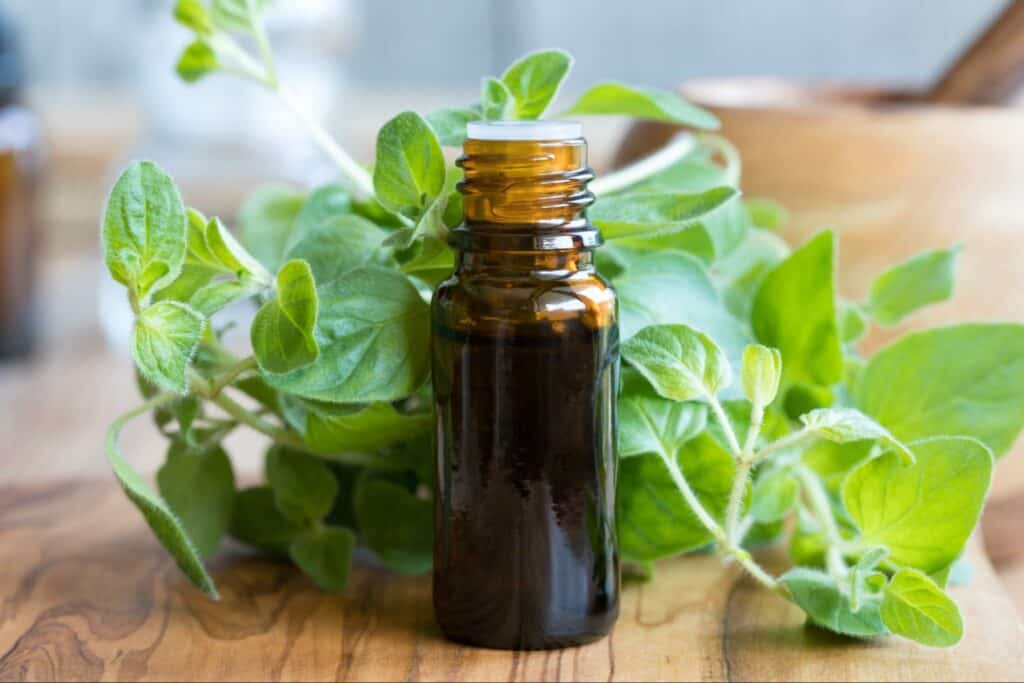
Oregano has been used in traditional medicine for thousands of years, modern medicine is now backing this up with a lot of research. It is consumed fresh, dried, or as an oil. Oregano Promotes good cardiovascular and gastrointestinal health, it is high in antioxidants, and has antibacterial and antiseptic properties. Oregano has a multitude of uses and is frequently taken for the relief of colds, flu, mild fevers, indigestion, stomach upsets, painful menstruation as well as many more. Oregano is one of the many amazing herbs that is very complimentary to a healthy lifestyle!
*It is important to note that high doses should not be used medicinally by pregnant women, but it is safe in normal amounts for culinary use.
Propagation & Planting

Oregano is extremely easy to propagate by root division or cuttings in the right season (You can propagate at most times except the coldest parts of the year). If you have a well-established plant, you will be able to lift up the edges and see the small roots searching for the soil. If you have a strong mother plant in a pot, you could split the mother plant into many small plants. I find this works especially well if it has been wet for some days in Spring or Autumn. At this time, the plants are thriving and looking to spread over the moist soil. You can cut multiple of these cuttings/divisions in one pot so you have a better chance of success, quicker coverage, and a denser plant. The soil mix should be moist, but free draining. Oregano is extremely drought tolerant, but to get those new roots established it will need sufficient moisture for some weeks!
Growth & Care

Oregano is a very hardy plant, it is frost, drought and heat tolerant. Thrives in calcareous soils, rocky soils and requires very little maintenance. The main weakness of oregano starts with excess moisture, leading to root rot. So a free draining soil is preferred to keep this plant happy and healthy!
Oregano grows easily in pots and containers with freely draining soil, looking very attractive also. For me, I prefer to use it as a ground cover in a forest garden situation. It is useful for bordering paths and edges, when it falls over the edges with flowers it looks wonderful! I’ve noticed in warm climates it can also be used as a ground cover in more shaded situations but it may not flower so well, and the taste won’t be as intense.
There are many look-alikes and friends in the Origanum Genus, and probably more than we have identified. The compact varieties like Origanum Vulgare “humile”, are a great groundcover and still produce good flowers and flavor. There are other varieties of Origanum Vulgare which give more of a spicy flavor. Origanum syriacum is often used in za’atar – a middle eastern spice mixture. Origanum majorana or marjoram has a more mild flavor than origanum vulgare. There are many more varieties to explore, all with their own growth habits, hardiness requirements and unique flavor.
Harvesting, Processing & Utilizing
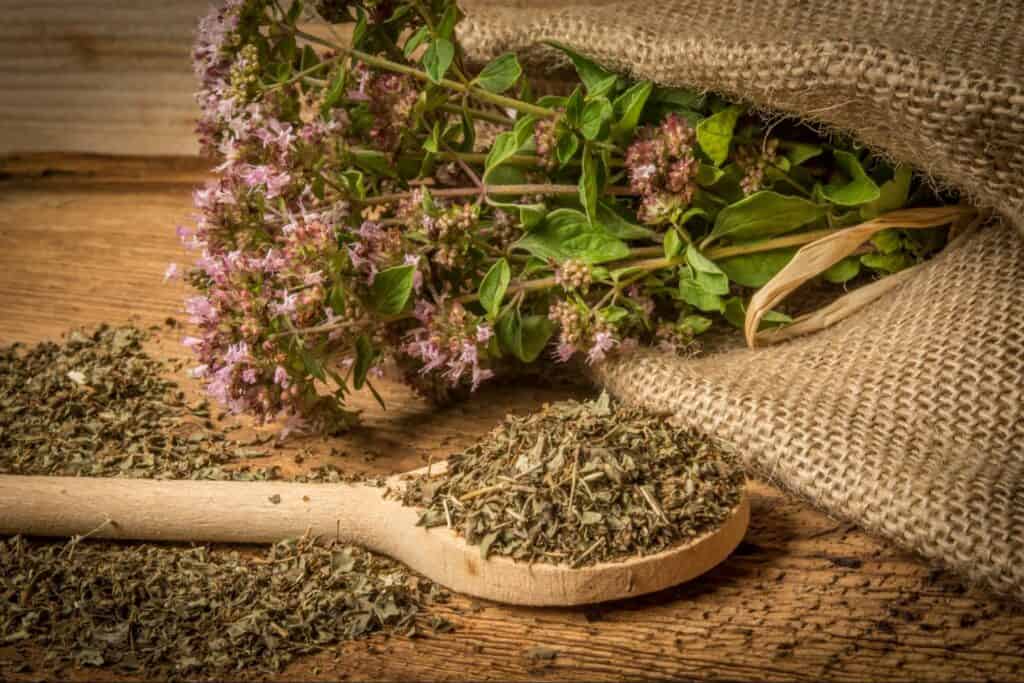
The best time to harvest oregano is actually just before all those little flowers bloom! But leave some for the pollinators!
To dry the flowers, we need to bunch them up and hang dry them out of direct light.
Drying oregano can be tricky depending on your climate, because if the humidity is too much, you may have problems. Think about the hot, dry heat of the Mediterranean, and this is what you want to mimic. If you think there is too much humidity in your climate, you may be better off oven-drying them!
After drying oregano, you can make a world of edible things from teas, bread, butter, pesto, and even oregano honey. However, you can also use it in many other things including oils, homemade natural cleaning products, oregano-steeped vinegar as an antifungal and more!
Concluding thoughts…
Yes, I know it’s clear, I have a personal bias towards Oregano. I see it as an extremely useful plant, for us, and for many other life forms, present and future. These should be the defining characteristics of a useful plant!


